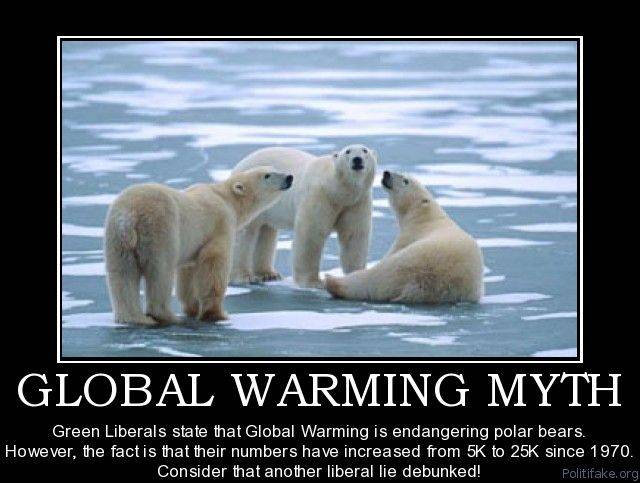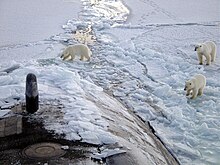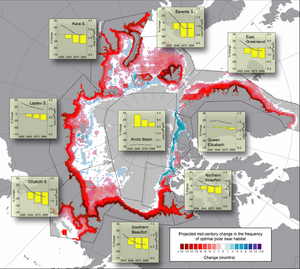David_42
Registered Democrat.
- Aug 9, 2015
- 3,616
- 833
- 245
It's sad what is occurring to these beautiful creatures.
4 Ways Polar Bears Are Dealing With Climate Change
4 Ways Polar Bears Are Dealing With Climate Change
It's a tough time to be a polar bear.
The Arctic predators—which depend on constantly diminishing amounts of sea ice to catch marine mammals such as seals—are declining in number, and fast.
There are fewer than 25,000 polar bears left in the wild, according to the nonprofit organization Polar Bears International. Near the southernBeaufort Sea (map), for instance, the population has dropped about 40 percent between 2001 to 2010, from 1,500 to 900 bears.
And as their habitat shrinks, they've have been acting strangely. On Wednesday, five bears surrounded a team of scientists at a weather station in Russia, trapping the people inside.
On the same day, elsewhere in the Arctic, scientists representing Canada, Denmark, Norway, Russia, and the United States announced a ten-year planto prevent polar bears from going extinct. Actions include preserving polar bear habitat and working with policymakers and the public to addressclimate change.
Also this week, President Obama became the first sitting president to visit the U.S. Arctic, traveling through several Alaska cities to highlight threatsposed by global warming.







